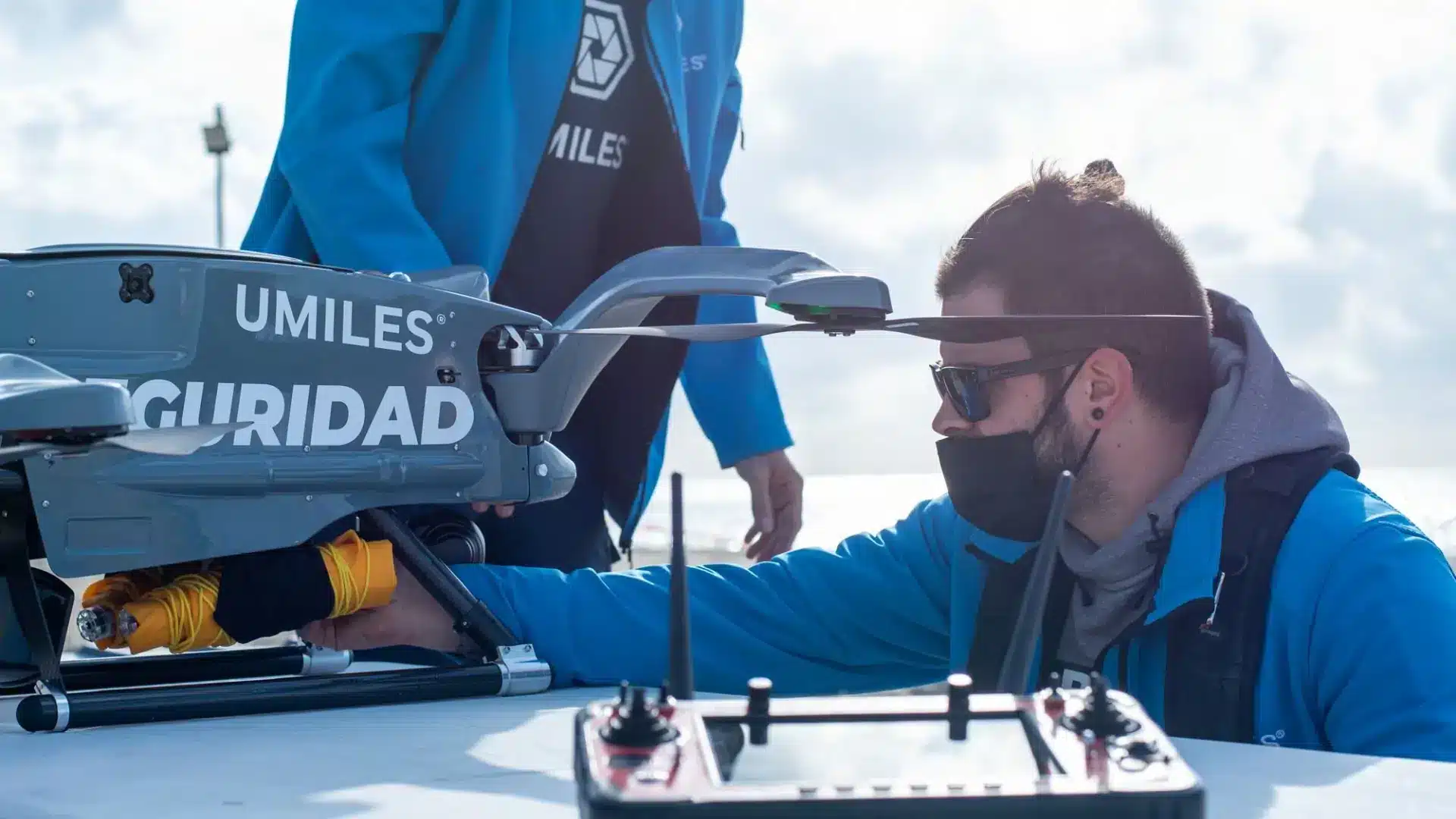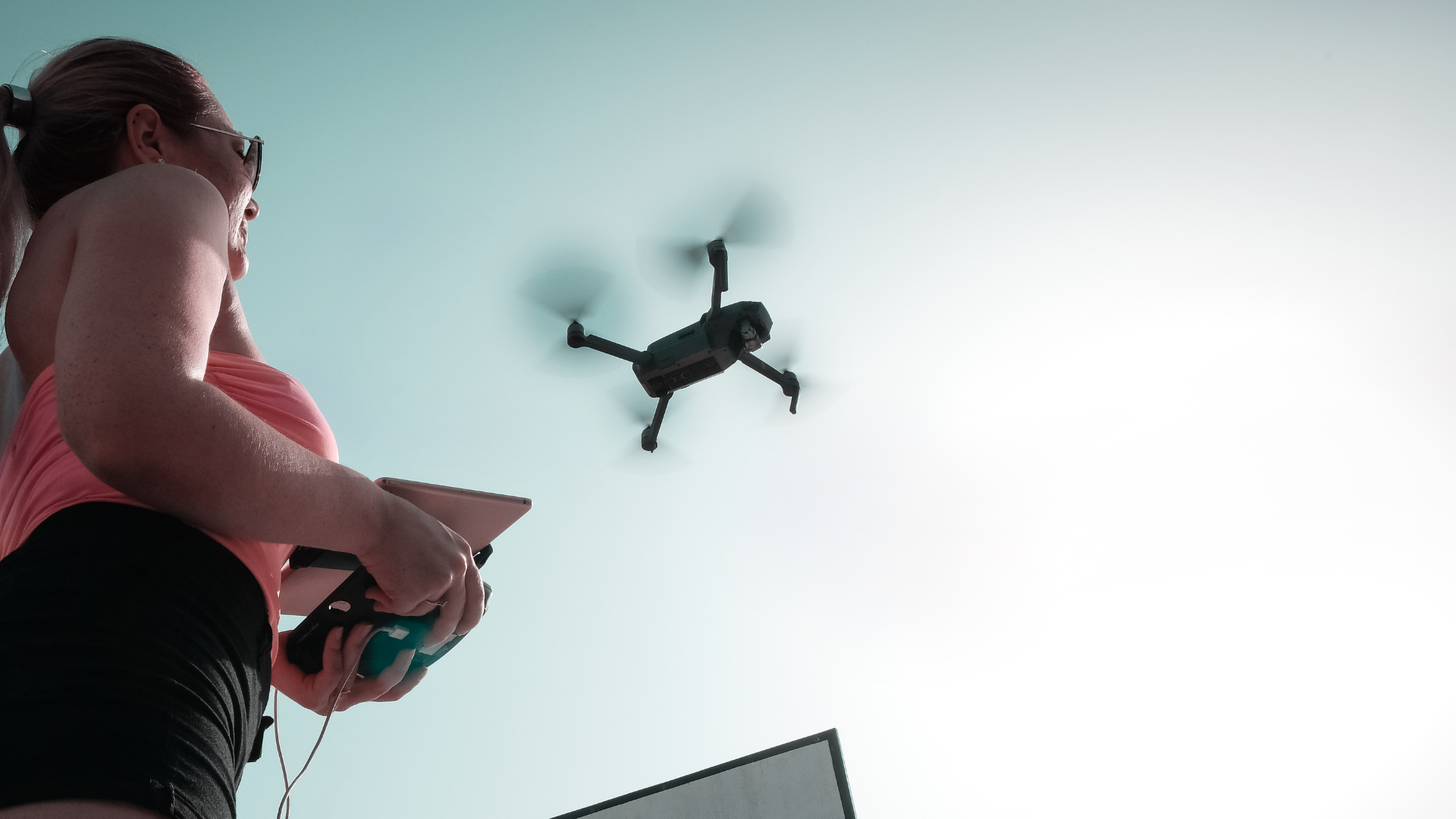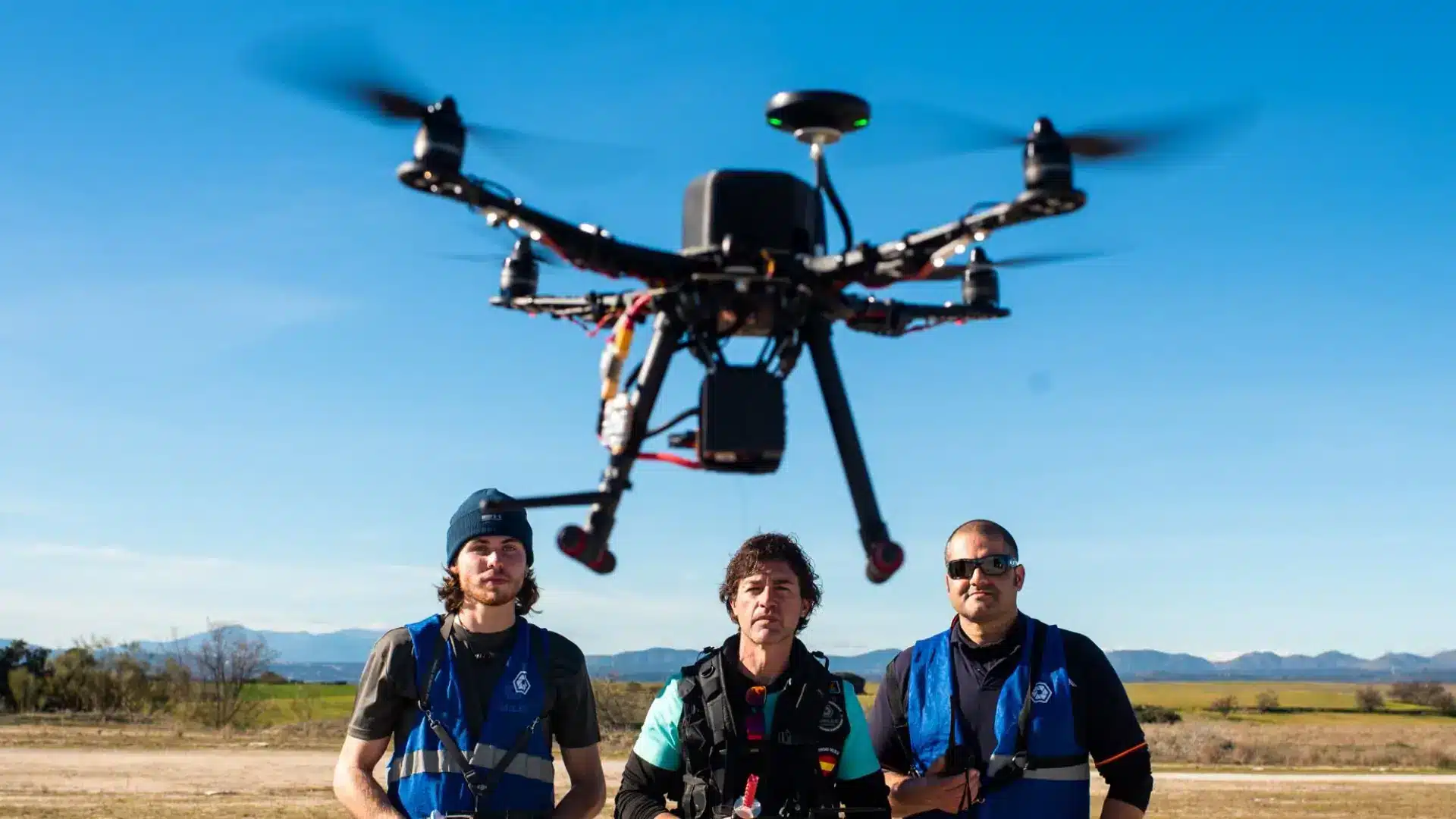Drones are an incredibly versatile and fun tool, but what happens when the weather doesn’t cooperate? Many enthusiasts wonder if you can fly a drone in the rain and what precautions to take. In this article, we’ll address these questions and more, so you can make informed decisions about flying your drone in adverse weather conditions.
Índice de contenidos
ToggleIs it possible to fly a drone in the rain?
The short answer is No. It is not advisable to fly a drone in the rain for two main reasons:
- Operational failures: Most drones are not designed to withstand moisture and water and flying them in wet conditions can seriously damage their electronic and mechanical components. Water can infiltrate the motors, electronics, sensors, and battery, which can lead to malfunction or even total loss of the drone.
- Regulatory restrictions: It is important to note that according to current drone regulations in Spain, drones are only allowed to be flown “in suitable weather conditions”, which implies that there is no rain or other weather problems that may affect the drone’s ability to fly.
Although it is true that there are waterproof drones, which could be used in areas with some humidity, although in no case under heavy rain. Here we explain whether you can fly a drone on the beach.
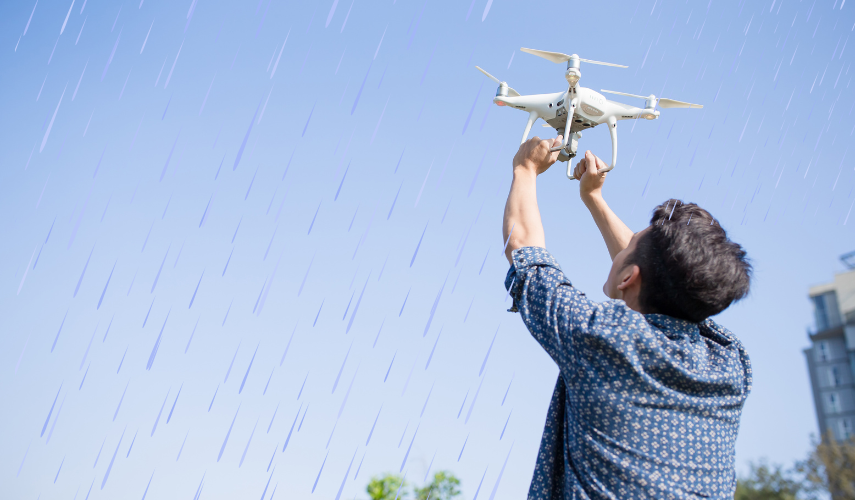
Which drone models are waterproof?
As previously mentioned, some drones are specifically designed to withstand water and can fly in light rain or splashing water. These drones often have water resistance ratings, such as IPX4 (splash protection) or IPX7 (time immersion protection), which allow them to operate in wet areas. Some popular models of waterproof drones include:
Swellpro Spry+
This is an ideal choice for those who wish to fly in wet conditions or even in the middle of water. Both the aircraft and the remote control are designed to be fully waterproof and corrosion resistant. This means that you can land and take off from water with complete peace of mind, as the Spry+ is able to float safely in the event of a water landing.
In addition, the remote control is also waterproof, allowing you to manoeuvre the aircraft with ease while on the water, giving you a unique and worry-free flying experience.
PowerEgg X
With the installation of waterproof accessories, the PowerEgg X becomes a versatile option that can fly in wet areas, for trouble-free take-offs and landings over water.
Thanks to these features, it offers exceptional performance in aerial water sports photography, as well as rescue and research missions in aquatic environments. Its ability to operate in wet conditions makes it a valuable tool for a wide range of recreational and professional applications.
How to waterproof a drone if it is not waterproof
If you have a drone that is not waterproof, but you need to fly it in wet conditions, you can take some steps to waterproof it. This includes sealing cracks and joints with American tape, applying a water-repellent spray to electronic components and using silicone protective covers to protect motors and electronics, all of which are done to tropicalise the interior of the aircraft.
Possible consequences of flying a (non-waterproof) drone while it rains
Flying a non-waterproof drone in the rain can have serious consequences, as several parts of the drone can be affected. In addition to damaging electronic and mechanical components, rain can negatively affect the stability and control of the drone, increasing the risk of accidents and loss of the aircraft. In addition, water on the propellers can cause imbalances and vibrations, affecting flight quality and captured images.
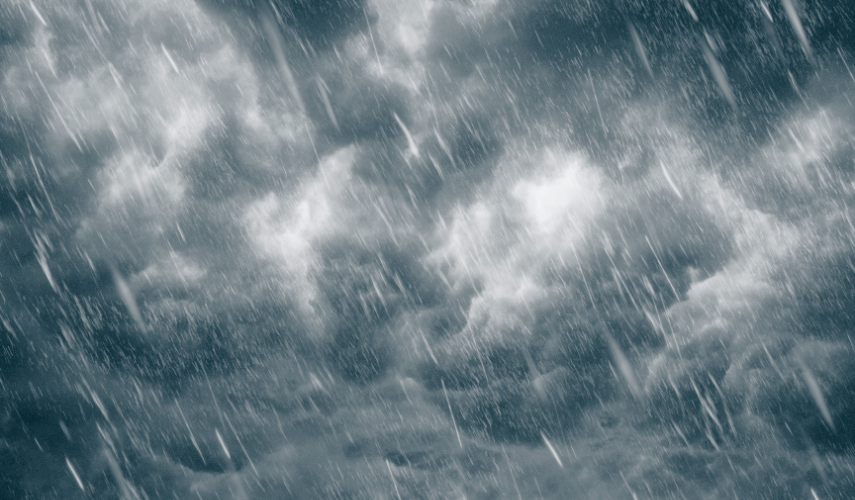
Can a drone that has got wet be repaired?
If your drone gets wet, it is important to act quickly to minimise damage. Disconnect the drone’s batteries and allow it to dry completely before attempting to power it up again. If the drone does not work after drying, you may need to take it to an authorised service centre for repair.
In some cases, damaged components can be replaced, but the cost of repair can be significant.
Other meteorological problems
In addition to rain, there are other weather issues that can affect the safety and performance of drone flight. Strong wind, fog, snow and thunderstorms can pose additional hazards to drones and pilots.
Always check weather conditions before flying and consider postponing the flight if conditions are adverse. To do this you can log into the AIRE Drones App and see if there are any SPECI about adverse flight conditions, to avoid accidents or damaging your drone in the rain.
